 by
by



























































 by Imogen Russell Williams
Mulvanny
by Imogen Russell Williams
Mulvanny















































Written
Illustrated
Sara

































First published May 2022 by Nosy Crow Ltd This edition published September 2022 The Crow's Nest, 14 Baden Place, Crosby Row, London, SE1 1YW, UK Nosy Crow Eireann Ltd 44 Orchard Grove, Kenmare, Co Kerry, V93 FY22, Ireland www.nosycrow.com ISBN 978 1 83994 947 0 Nosy Crow and associated logos are trademarks and/or registered trademarks of Nosy Crow Ltd. Text © Imogen Russell Williams 2022 Illustrations © Sara Mulvanny 2022 The right of Imogen Russell Williams to be identified as the author of this work and of Sara Mulvanny to be identified as the illustrator of this work has been asserted. All rights reserved. This book is sold subject to the condition that it shall not, by way of trade or otherwise, be lent, hired out or otherwise circulated in any form of binding or cover other than that in which it is published. No part of this publication may be reproduced, stored in a retrieval system, or transmitted in any form or by any means (electronic, mechanical, photocopying, recording or otherwise) without the prior written permission of Nosy Crow Ltd. A CIP catalogue record for this book is available from the British Library. Printed in the UK Papers used by Nosy Crow are made from wood grown in sustainable forests. 1 3 5 7 9 8 6 4 2 CONTENTS 4 6 8 12 14 16 18 20 22 24 26 28 30 32 Introduction HM Queen Elizabeth II Timeline Winston Churchill Aneurin Bevan Alan Turing Roald Dahl Yehudi Menuhin Judith Kerr David Attenborough Shirley Bassey Bobby Charlton Paul Stephenson Ian McKellen To P. and A., my royal family. I. R. W. For Henry and Lily, may you be inspired to work hard and dream big. S. M. MIX Paper from responsible sources FSC® C007785 ®





























Stephen Hawking Paul McCartney Anita Roddick Freddie Mercury Tim Berners-Lee Chris Packham Malorie Blackman Sarah Gilbert Lemn Sissay Tanni Grey-Thompson Kelly Holmes Mo Farah Stormzy Malala Yousafzai Glossary Index 34 36 38 40 42 44 46 48 50 52 54 56 58 60 62 64
INTRODUCTION






Her Majesty Queen Elizabeth II lived a long and extraordinary life. During her 96 years, she saw the world change in so many incredible ways – ones she could never have imagined when she was just a little girl nicknamed Lilibet, who didn’t know that one day she would be the Queen. And over the 70 years of her reign, she witnessed thousands of other brilliant Britons brighten and change this country too – and the world beyond it.
When Queen Elizabeth was born in 1926, the world looked very different to the one we know today. Just a few months before her birth, one of the very first television sets ever made had been displayed in Britain by the inventor John Logie Baird. However, most people in the country wouldn’t see or own a television until many years later. Queen Elizabeth never watched cartoons when she was little, or went on YouTube – in fact, the Internet and the World Wide Web (invented by Tim Berners-Lee, page 42) wouldn’t exist until the 1980s! As a grown-up, though, she often appeared on TV herself, and her coronation was the very first one to be watched live on television by thousands of people.

When she was a child, Queen Elizabeth lived through the upheaval and destruction caused by the Second World War. The war affected thousands of other children too, like the writer Judith Kerr (page 22), who came to England because the Nazi government in Germany treated her family very badly because they were Jewish, or the actor Ian McKellen (page 32), who slept under the kitchen table when he was a little boy in case his home in Wigan was bombed.


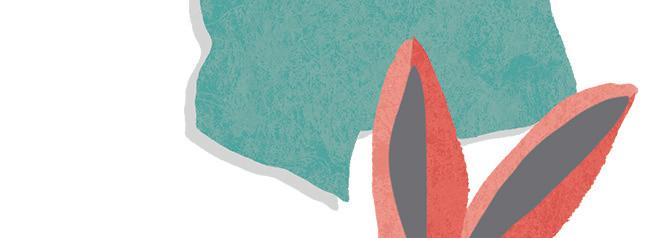


At age 25, Queen Elizabeth came to the throne in a world that was changing quickly. The war had ended, but life after the conflict was very different for many people. Ways of living that had stayed the same for hundreds of years had been disrupted, and lots of people in Britain had now started to think differently about the world and their places in it.


Many people wanted to change things in the country for the better, such as providing healthcare for everyone, not just those who could pay doctors’ bills. Aneurin Bevan (page 14) founded the National Health Service (NHS), to ensure that everyone could be looked after when they become ill.
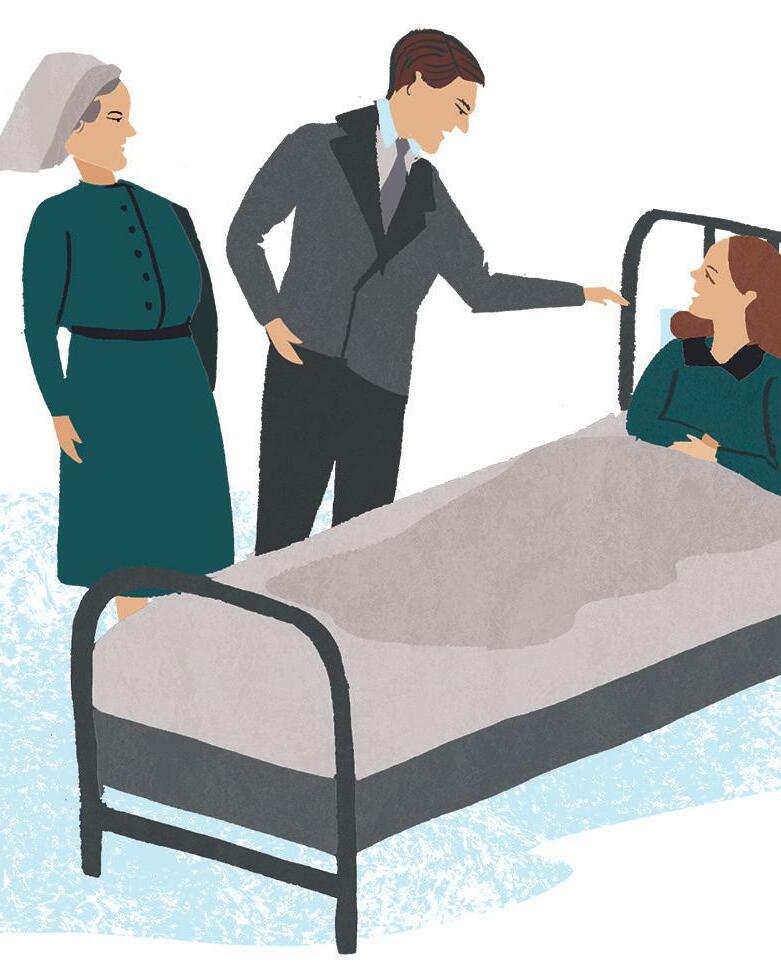


Britain was also changing in other ways. For many years, it had ruled over a group of other countries, known as the British Empire. Britain had invaded these countries to control their resources and treated many people who lived in them very unfairly. Over time, people began to realise how wrong this was, and many of these countries, such as India, now started to become independent from Britain and the Empire. Eventually, a new group of countries was formed called the Commonwealth, who decided to recognise the Queen as the Head of the Commonwealth but ruled their countries completely independently of Britain.

4
During her reign, Queen Elizabeth visited the countries of the new Commonwealth many times. As Queen, it was her job to help the transition from Empire to independence and try to keep friendly ties between Britain and the nations it had once governed.
Many people from Commonwealth countries, such as Barbados and Jamaica, came to Britain to work and to make new homes. This wasn’t always easy – they were sometimes made to feel very unwelcome, even though they had been asked to come, and faced racism and abuse.












In 1965, the campaigner Paul Stephenson (page 30) fought successfully to get the first law passed that said Britons of all skin colours must be treated equally. Now, the writer Malorie Blackman’s (page 46) gripping NoughtsandCrosses books show readers all over the world how racism continues to affect people’s lives, both in Britain and elsewhere.












As Queen Elizabeth’s reign went on, people all over the country were creating, inventing and doing amazing things. Scientists like Stephen Hawking (page 34) made discoveries that allowed us to understand the universe better. The music that people liked listening to changed over and over again, from ‘Beatlemania’ in the 1960s (page 36) to rock music such as the band Queen in the 1970s (page 40), to grime music such as Stormzy in the 2010s (page 58). Activists like Malala Yousafzai (page 60) fought for women’s rights around the world, so that all women can vote in government elections or have access to education. LGBTQ+ people campaigned for an end to hatred and discrimination, to try and make sure that people should never be ashamed or be treated cruelly because of how they feel, in the way Alan Turing (page 16) experienced.

And through the work of many talented scientists and environmentalists, we began to understand much more about the dangers of climate change caused by global warming. Like the environmentalists David Attenborough (page 24) and Chris Packham (page 44), Queen Elizabeth cared strongly about the Earth and the natural world, and understood the work we all have to do to protect the planet in the future.
During the 70 years of her reign, Queen Elizabeth saw technology move from the very first days of television to smart computers you can carry in the palm of your hand – to do everything from buying food to talking to people all around the world! She lived through wars, losses, fantastic sporting events like the 2012 Olympic Games, and serious challenges such as the COVID-19 pandemic that began in 2020. She was Queen during a time when Britain and the rest of the world changed, and kept on changing – and she had to change too. But she worked hard throughout her entire life to do her best for Britain and the Commonwealth, and all the amazing Britons who have helped shape the country we know today.

5
Queen Elizabeth II was the longest-reigning monarch in British history –but when she was born, nobody thought she would ever become the Queen!











On 21st April 1926, in a handsome house in Mayfair, London, a baby girl, Princess Elizabeth Alexandra Mary, was born to Prince Albert, Duke of York, and his wife, who was also called Elizabeth. This new princess was third in line to the throne, but no one thought she would ever grow up to be Queen. Her uncle, Edward, was going to be the next King – and if he had children, they would rule after him. This meant that little Lilibet (as she was called) enjoyed a carefree childhood. She and her younger sister, Princess Margaret, were taught at home by a governess. They had lessons in the morning and then games, singing and dancing in the afternoons. She liked to play in her nursery with toy horses, as well as riding real ones, and she loved dogs and other animals too – especially cows!
Princess Elizabeth was one of the few people in the Royal Family who wasn’t afraid of her stern, grumpy grandfather, King George V. She called him “Grandpa England”, and he adored her.













But when Princess Elizabeth was 10, her uncle, who was now King Edward VIII, decided he wanted to stop being King, and her father became King George VI in his place. It was a sudden and unexpected change for the whole family. They moved into Buckingham Palace, and Princess Elizabeth immediately began to have more lessons that would prepare her to become the Queen one day, after her father. She learned about law, royal etiquette and manners, and the history of government.






6
CAREFREE CHILDHOOD
HELPING IN THE WAR







When Princess Elizabeth was 13, the Second World War broke out. Like many children, she and Princess Margaret were sent away from London, because of the dangers of bombing raids. The two sisters spent the war living at Windsor Castle. However, when she finally turned 18 in 1944, she wanted to help. She trained as an ambulance driver and truck mechanic with the Auxiliary Territorial Service (ATS). Princess Elizabeth was very popular, especially when pictures of her mending trucks or behind the wheel of an ambulance appeared in the newspapers!

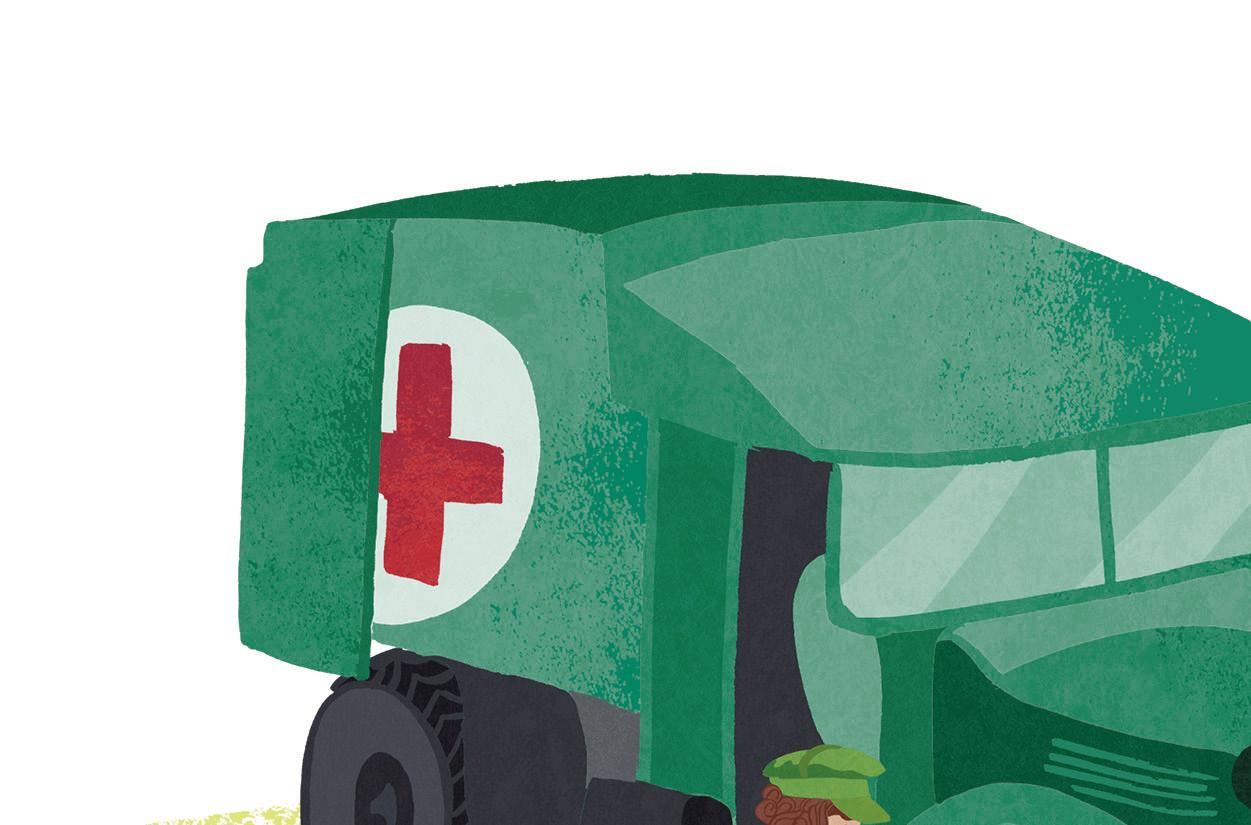
During the war, Princess Elizabeth had also met Prince Philip of Greece, and fallen in love with him. Although her parents were unsure about the relationship, Princess Elizabeth knew she wanted to marry him, and eventually the King allowed them to become engaged. They were married in 1947, and soon had two children – Prince Charles, born in 1948, and Princess Anne, two years later. (They would later have two more sons, Prince Andrew and Prince Edward.)
In 1952, Princess Elizabeth’s father died. At the age of 25, having weathered a world war, got married and had two children, little Lilibet was now Queen Elizabeth II.
The Crown Jewels pass from monarch to monarch, but Queen Elizabeth also owns a lot of other amazing jewellery, including brooches, tiaras, necklaces and rings. The Imperial State Crown, which she wears for the State Opening of Parliament, is set with 2,868 diamonds!
SERVING THE PEOPLE OF BRITAIN



As Queen Elizabeth’s reign continued, she recognised the country she ruled was changing. People’s ways of life were becoming different, and she realised the monarchy needed to seem more up-to-date too. Rather than being seen as out of touch with normal people’s lives, the Royal Family needed to show what they had in common with the public.
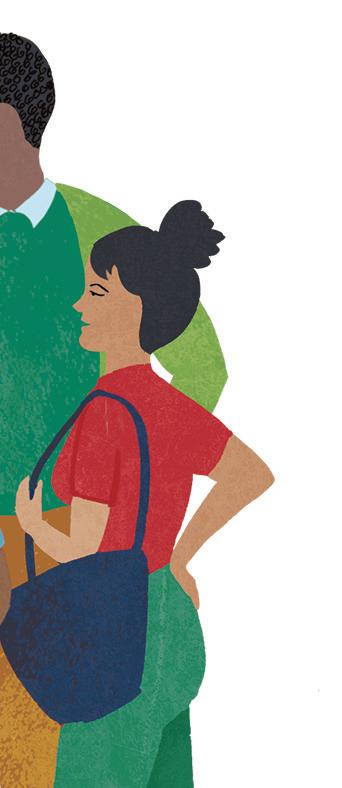







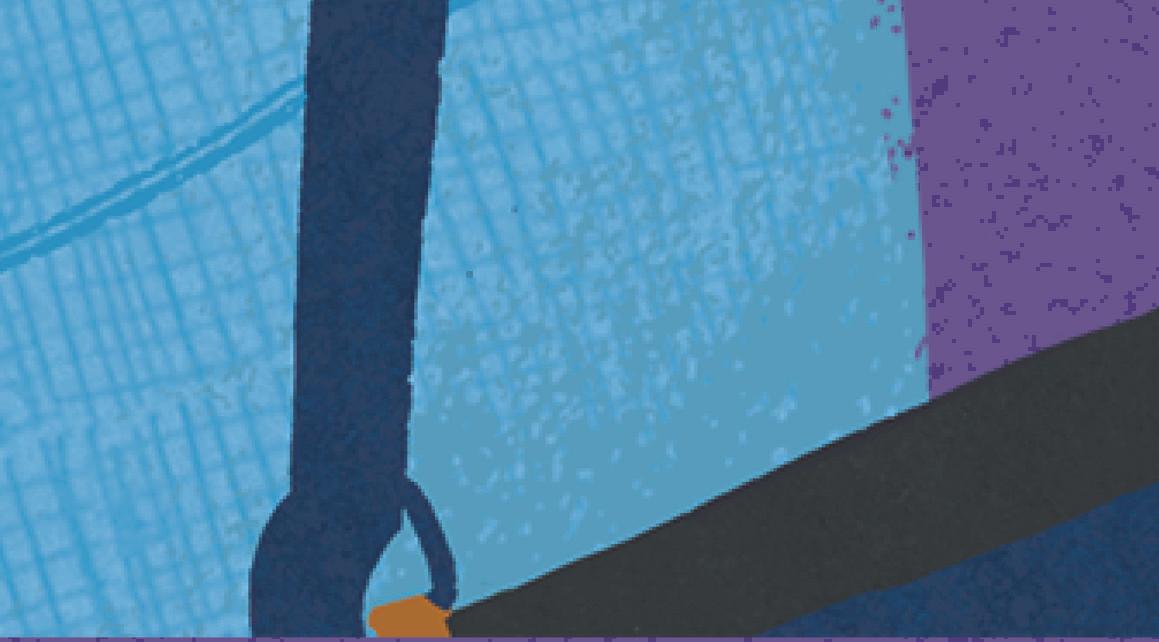




Queen Elizabeth also travelled widely, visiting the nations of the Commonwealth many times as well as representing Britain in other countries. She visited 116 different countries during her reign – more than any other British monarch. When at home, Queen Elizabeth loved to spend time with her corgis – she owned more than 30 of these dogs, though not all at the same time!
Queen Elizabeth faced many challenges during her rule – disasters, acts of terrorism, losses in her own family – but she always tried to do her duty, and worked hard to serve the people of Britain.


Her birthdays and anniversaries were always celebrated with big public events. In general, though, the Queen always preferred royal life to be simple and straightforward, without unnecessary fuss – a belief that served her well over her incredible 70 years on the throne.
In 2022, the Queen died at her home in Balmoral, Scotland, at the age of 96. Her state funeral took place in London. Thousands of people came to lay flowers and watch the funeral procession, marking the end of her extraordinary life and reign.
7
TIMELINE




During Queen Elizabeth II’s long life, the world changed in so many ways. Here are just a few of the important events and incredible achievements that happened during her life and reign.

1952
King George VI dies. Princess Elizabeth becomes Queen Elizabeth II.
1926 21st April





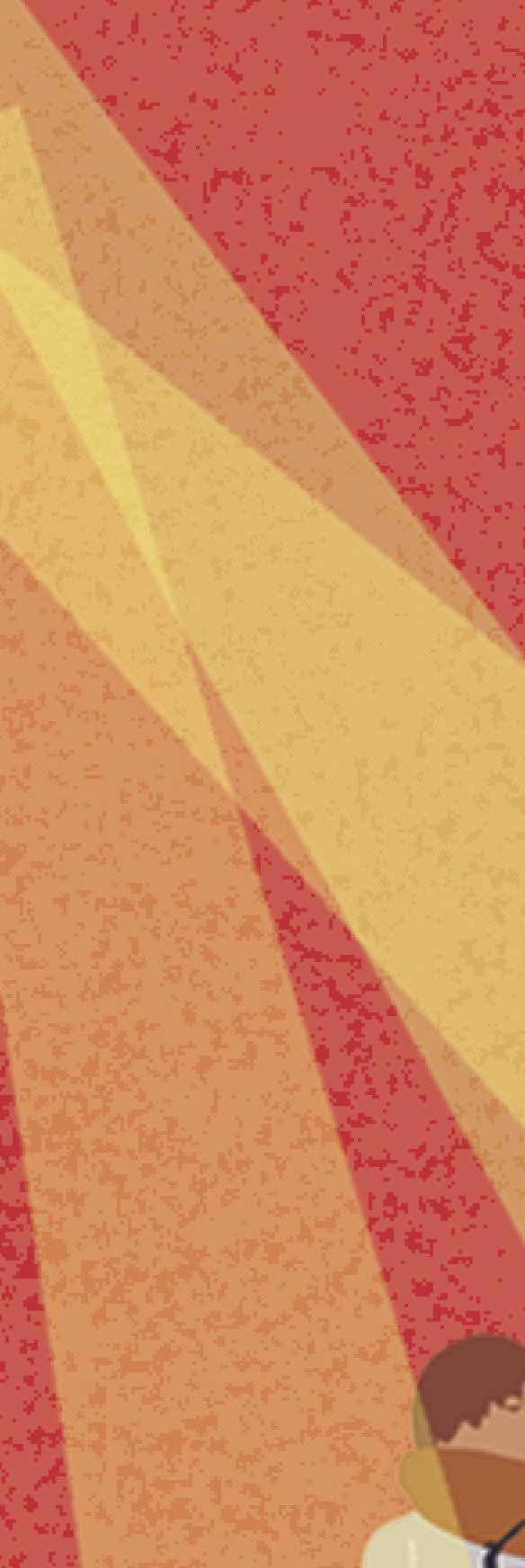













Princess Elizabeth Alexandra Mary Windsor (page 6) is born in Mayfair, London.




1948
The National Health Service (NHS) begins treating people in Britain (Aneurin Bevan, page 14). For the first time, people can be given healthcare for free without having to pay a doctor.

1936
January George V (Princess Elizabeth’s grandfather) dies, and Edward VIII (her uncle) becomes King.
1947
Princess Elizabeth marries Philip Mountbatten, a former prince of Greece. They first met when they were teenagers and became officially engaged to be married when she was 21 years old. Prince Philip is given the title Duke of Edinburgh.
1953
Queen Elizabeth II is crowned in Westminster Abbey, London. The ceremony is shown on television for the first time.
1961


Roald Dahl’s first book, James and the Giant Peach , is published, and becomes a bestseller (page 18).
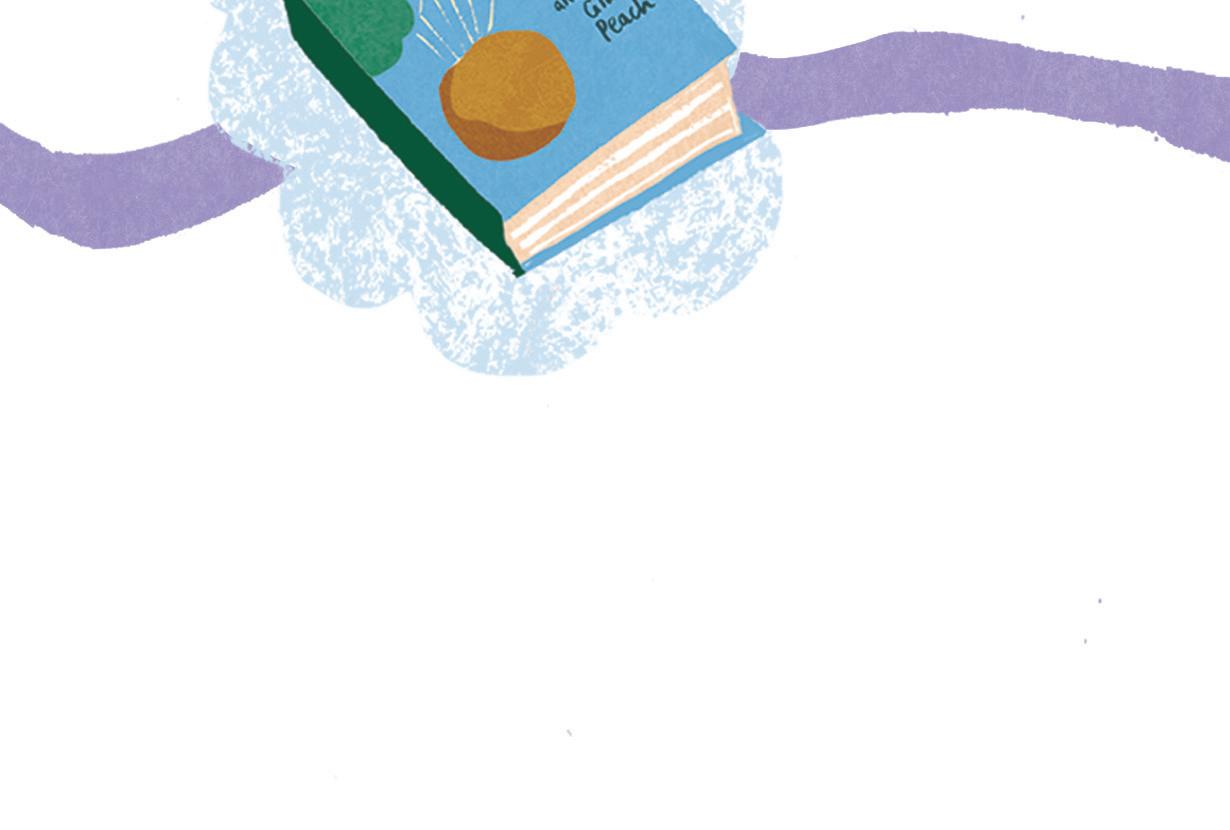
1975
The rock band Queen’s song “Bohemian Rhapsody” is released (Freddie Mercury, page 40). Although it is nearly six minutes long and considered very strange, it will go on to be considered one of the greatest tracks of all time!




1963
The Beatles (Paul McCartney, page 36) release their first album, Please Please Me . This leads to ‘Beatlemania’ all around the world!

1973
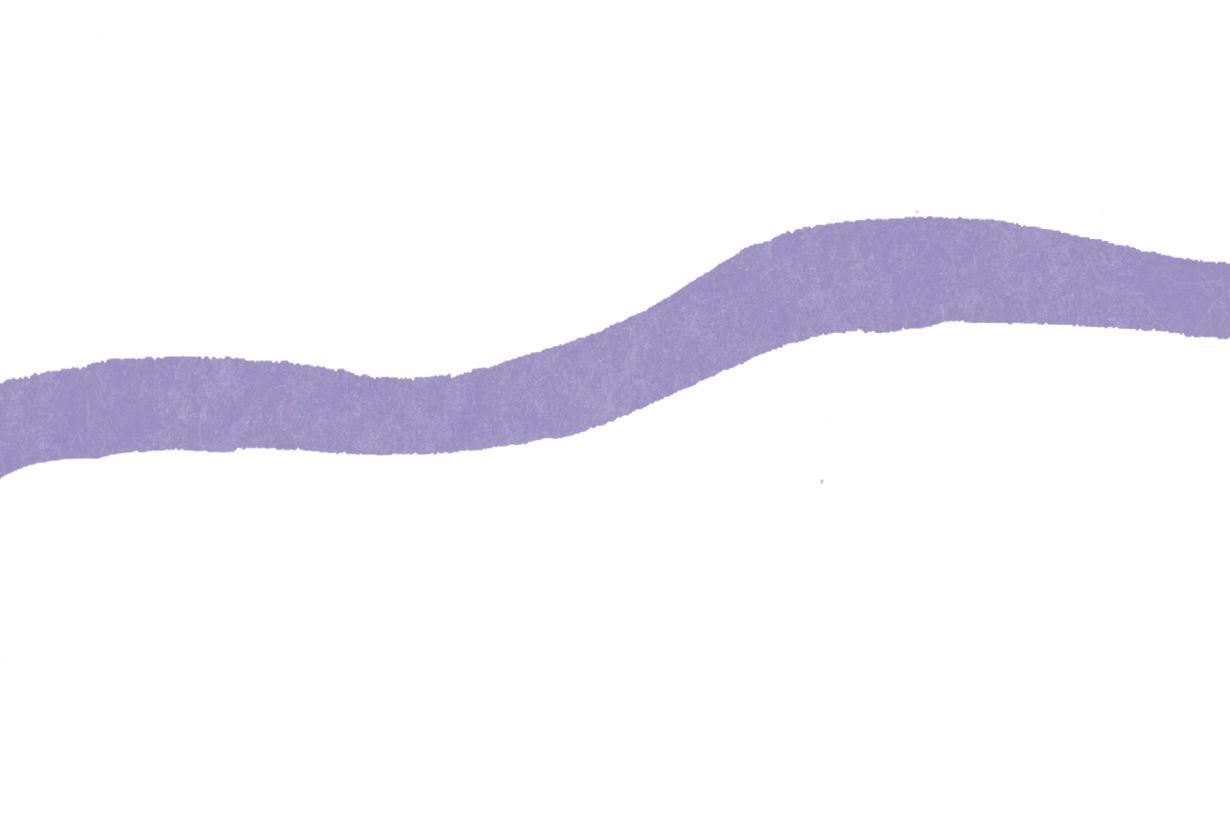




Britain joins the European Economic Community (which later becomes the European Union).


8
1936
December King Edward VIII gives up the throne and King George VI (Princess Elizabeth’s father) takes his place. Princess Elizabeth is now next in line to be Queen.
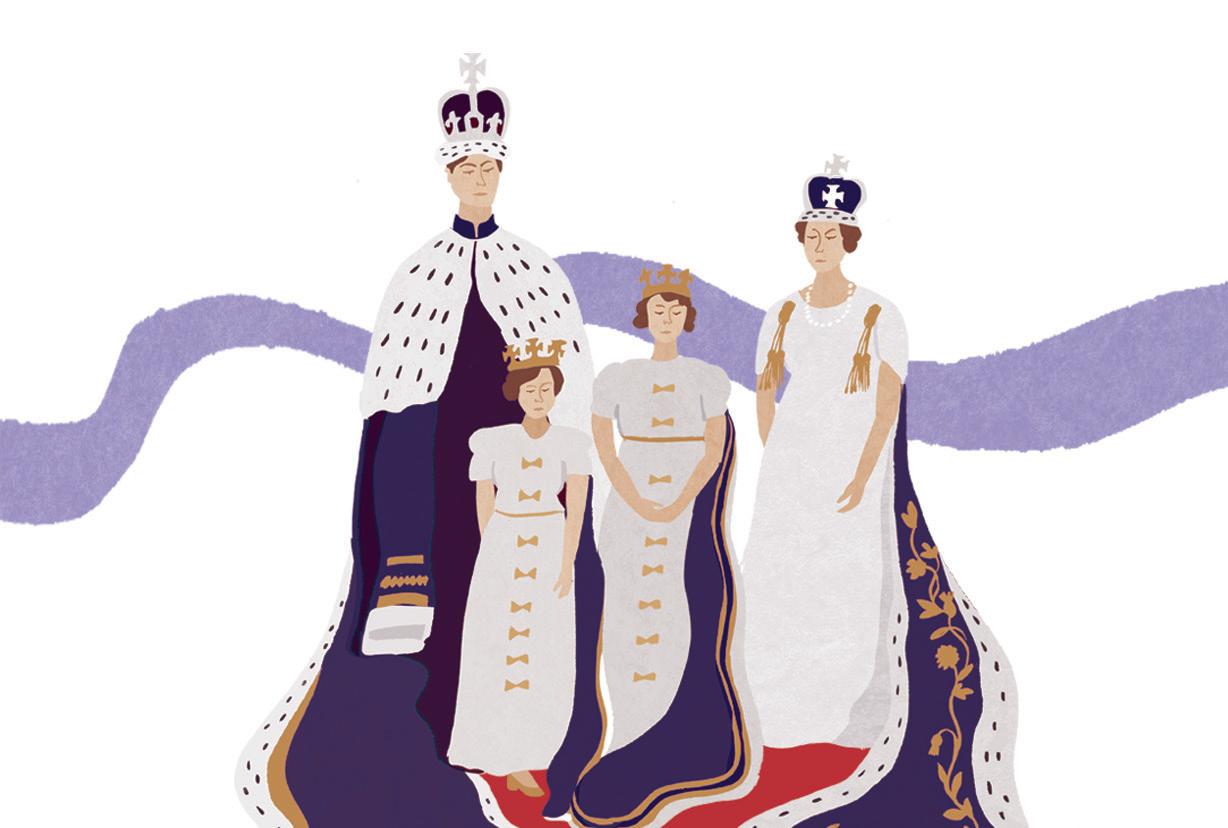
1939
The Second World War begins. Germany invades Poland, and Great Britain and France declare war on Germany.
1947
India and Pakistan mark their independence from Britain. During Queen Elizabeth’s reign, many countries which used to be governed by Britain become independent.

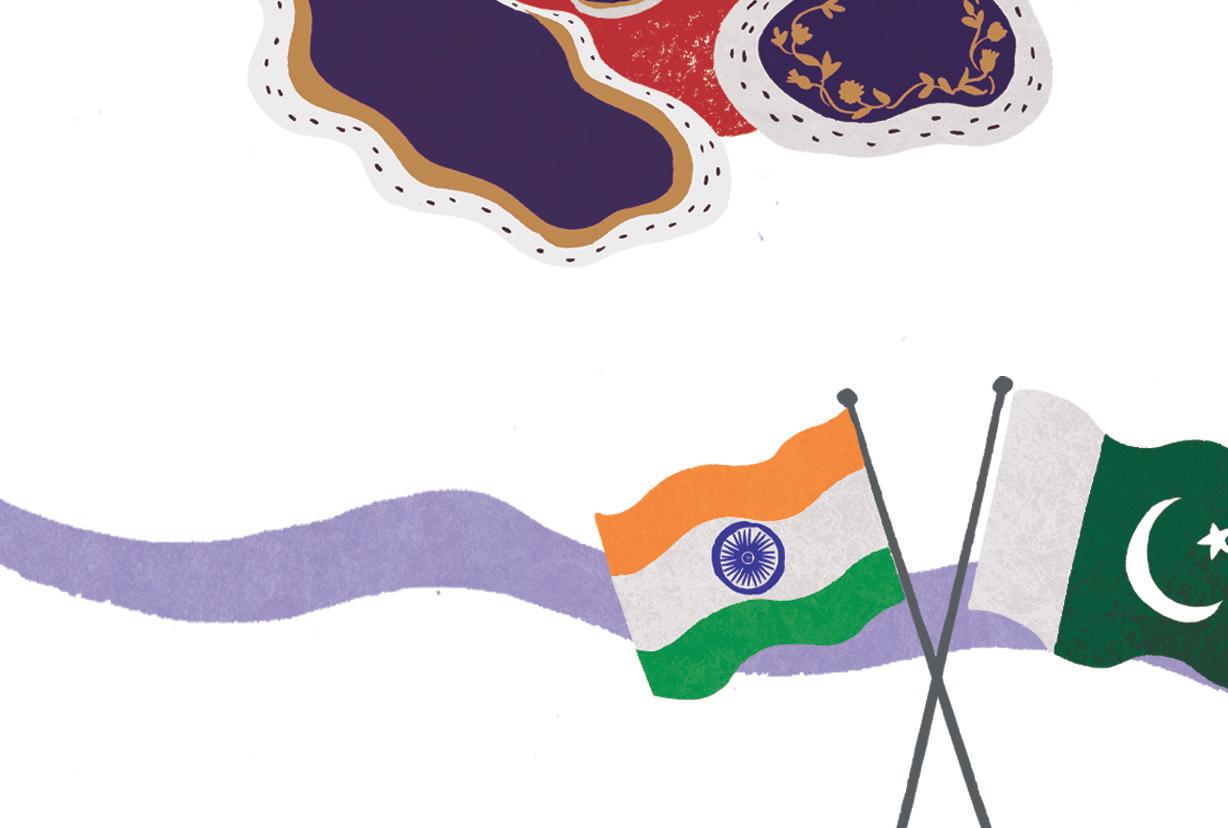
1965
The Race Relations Act makes it illegal to refuse to serve someone in Britain because of their skin colour, which happened to the campaigner Paul Stephenson in 1964 (page 30).
1969

The American astronauts Neil Armstrong and Buzz Aldrin land on the Moon for the first time.

1945
The Second World War ends in Europe, when Germany surrenders.




1966
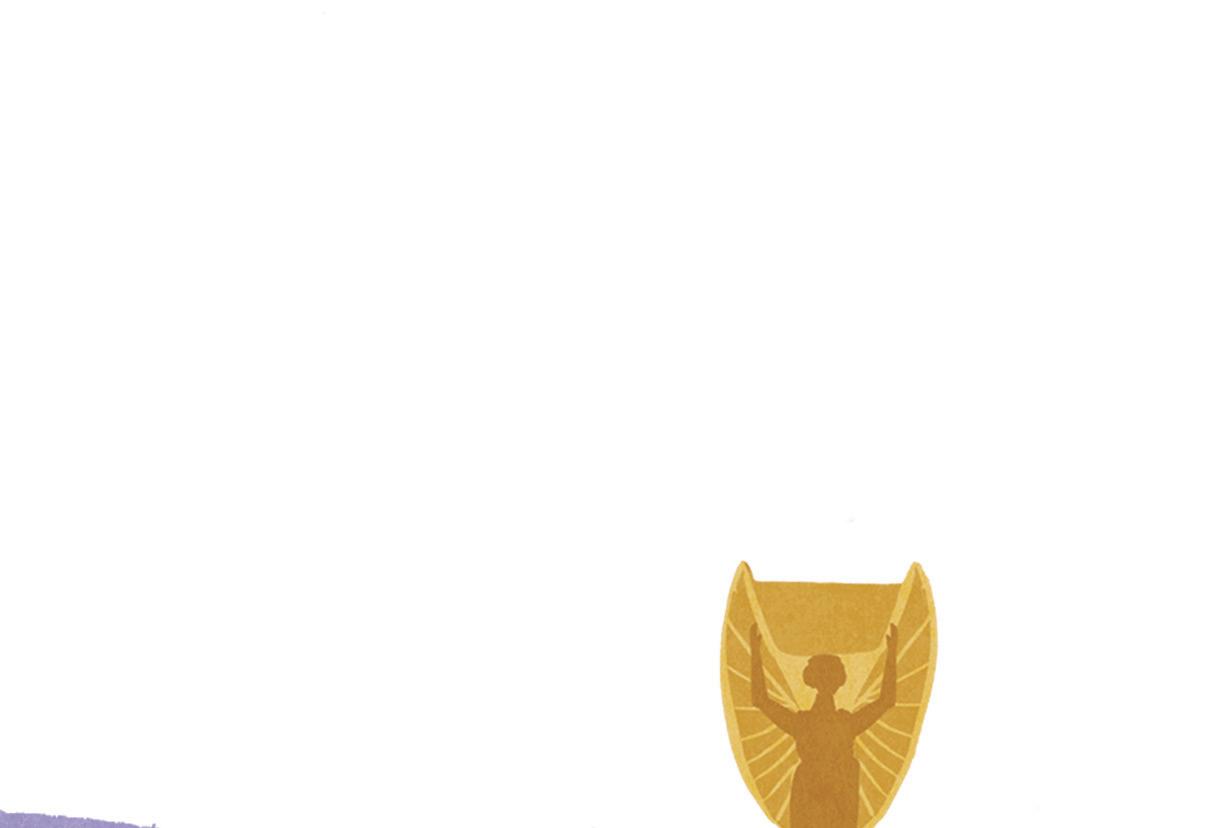
England win the World Cup 4-2 against Germany, with a side including Bobby Charlton (page 28).
1940
During the Battle of Britain, Prime Minister Winston Churchill (page 12) refuses to surrender. His inspiring speeches help the British people to stay determined to fight.
1968










Judith Kerr’s first book, TheTigerWhoCametoTea , is published (page 22).












1967
BBC2 becomes the first channel in Britain to broadcast in colour.

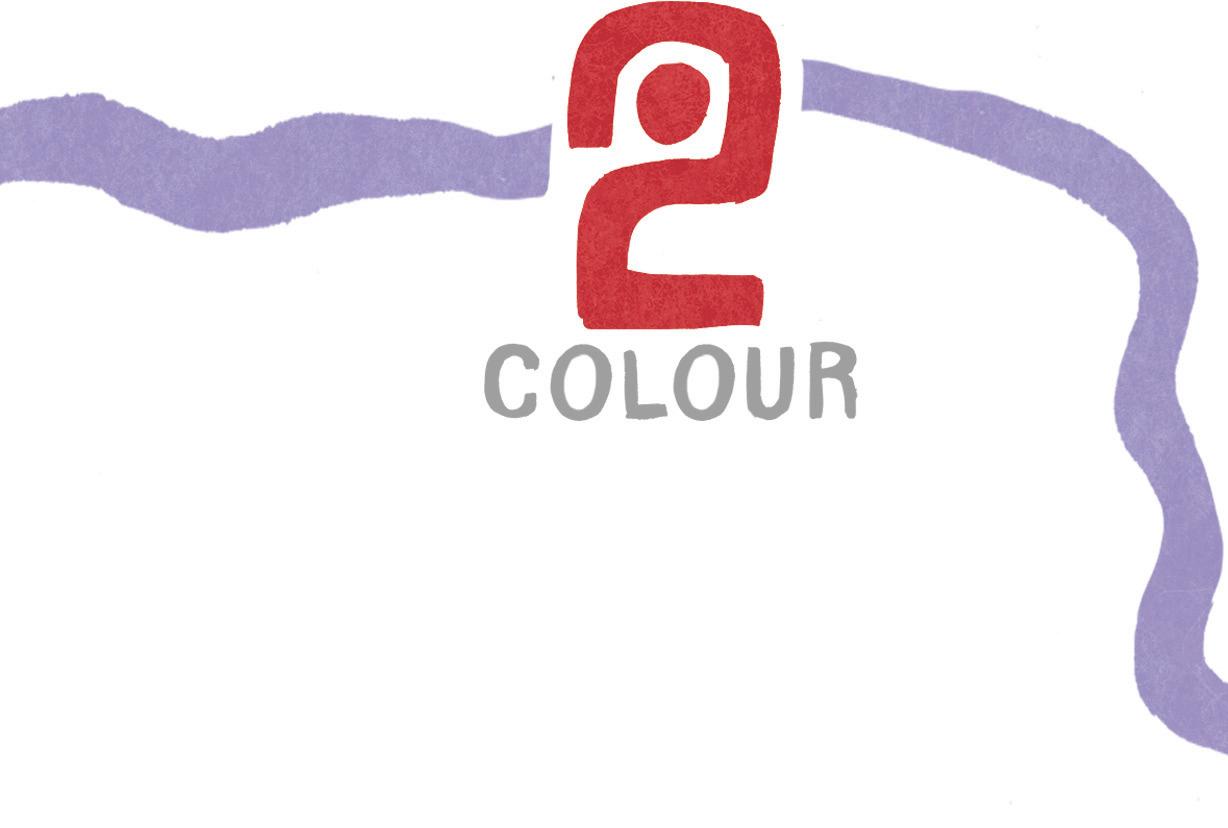
1967






Homosexuality is legalised in the UK (for men aged 21 and over). This means people like Alan Turing (page 16) will no longer face prosecution or punishment for being gay.





9
 by
by



























































 by Imogen Russell Williams
Mulvanny
by Imogen Russell Williams
Mulvanny





























































































































































































































































































